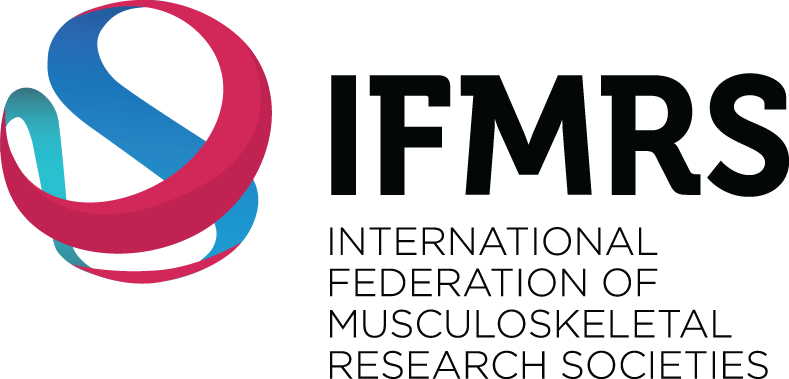MEET THE FIRST AUTHOR
Mediation of the Acute Stress Response by the Skeleton
Julian Meyer Berger, Parminder Singh, Lori Khrimian, Donald A. Morgan, Subrata Chowdhury, Emilio Arteaga-Solis, Tamas L. Horvath, Ana I. Domingos, Anna L. Marsland, Vijay Kumar Yadav,Kamal Rahmouni, Xiao-Bing Gao, and Gerard Karsenty
Cell Metabolism (2019) 30: 1 – 13
October 2020
We hypothesized that bone evolved, in part, to enhance the ability of bony vertebrates to escape danger in the wild. In support of this notion, we show here that a bone-derived signal is necessary to develop an acute stress response (ASR). Indeed, exposure to various types of stressors in mice, rats (rodents), and humans leads to a rapid and selective surge of circulating bioactive osteocalcin because stressors favor the uptake by osteoblasts of gluta- mate, which prevents inactivation of osteocalcin prior to its secretion. Osteocalcin permits manifesta- tions of the ASR to unfold by signaling in post-synap- tic parasympathetic neurons to inhibit their activity, thereby leaving the sympathetic tone unopposed. Like wild-type animals, adrenalectomized rodents and adrenal-insufficient patients can develop an ASR, and genetic studies suggest that this is due to their high circulating osteocalcin levels. We propose that osteocalcin defines a bony-vertebrate-specific endocrine mediation of the ASR.
Full text of Dr Julian Berger’s article is available from HERE

Julian Berger
First Author
Columbia University, USA

Jonathan Gustafson
Moderator
Rush University, USA.

